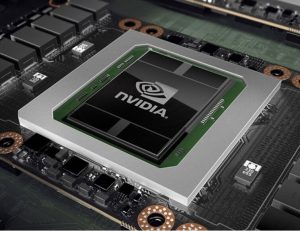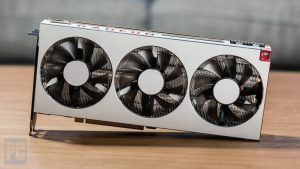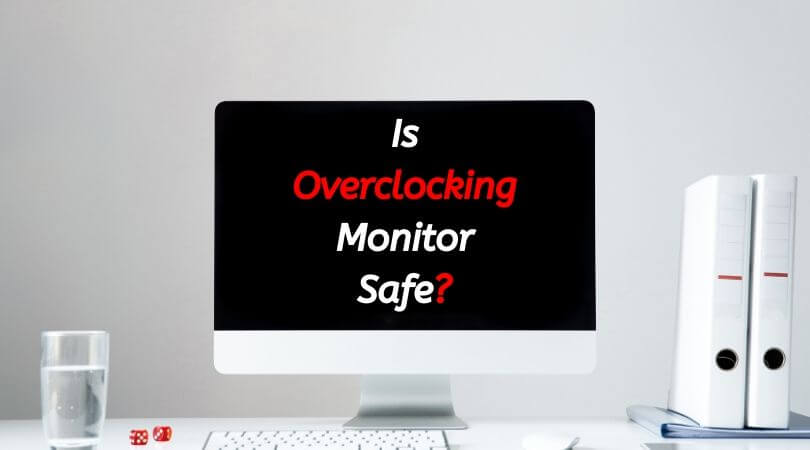All the overclockers say hello! We are here with another episode of overclocking and this time we are going to speak about overclocking monitors. Is it safe? Does it harm the monitor? Is it even possible? Should you do it? We are positive that these and many other similar questions are boggling your mind at the moment. Breathe with ease, you all, because we have all the answers for you. Please keep reading!
Benefits of overclocking
The biggest benefit is definitely the improvement in the refresh rate. The refresh rate is nothing but the number of times a particular image gets refreshed in a second. A better refresh rate, especially while playing high-end games, will help avoid lag and enhance the overall experience. Usually, 60 Hz is enough but powerful graphics cards have higher frame rates. In this case, 60 Hz won’t be enough and that is why gamers look forward to overclocking their monitors.
Risks of overclocking
Just like the two sides of a coin, there are pros and cons to overclocking. The most significant risk is the reduction of the monitor’s life span because overclocking takes more energy and that means more power and heat. Heat can make the internal components age faster than usual.
Other risks such as damage to the hardware will depend on the overclocking capability of your monitor itself. A few good monitors can withstand it without issues but the others cannot.
Finally, you must remember the warranty. Mostly, overclocking voids the warranty but there are a few exceptions. Check whether that’s the case with your monitor, especially if it is new.
P.S. High-end monitors that are specifically designed for gaming come with the overclocking capability. So, you don’t really have to worry about it. Make sure you take this into consideration whenever you buy a new one.
Is an overclocking monitor safe?
Yes, overclocking is safe provided you don’t go overboard. It may reduce the lifespan but not significantly enough for you to worry about it.
How to overclock my monitor?
Now that you have all the answers, let’s quickly go through the process:
Using Nvidia

- Open the control panel after right-clicking on the empty space on the desktop
- Go to the Change Resolutions page
- Scroll to see the Customize option under resolution
- Choose Enable Resolutions Not Exposed by the Display and the click on the Create Custom Resolution button
- A new page will open up. Here, just change the refresh rate without disturbing the other settings
- Pro tip: Increase 5 Hz at a time. Most monitors do not go beyond 15 Hz more than the actual rate.
Using AMD

- Open Radeon Settings
- Beside Custom Resolutions, you will see Create. Click on it.
- Follow the same process as Nvidia and only increase 5 Hz at a time
- After a point, the signal will go away, which means that you have gone too far. Then, the system will take the last refresh rate that worked. If you still want to go higher to get the maximum possible refresh rate, start increasing it by 1 Hz henceforth until it reaches the high point.
People also ask
Below are a few questions we have been repeatedly asked in the past few days:
1) Is it safe to overclock monitor to 75Hz?
Yes, if your monitor is 60 Hz, it is safe to overclock it to 75.
2) Is overclocking 144Hz safe?
This depends on whether your computer supports it. If you overclock beyond what your monitor is capable of, it can be dangerous.
3) Can overclocking damage your computer?
When done incorrectly, it can damage the system. It will also lead to a lot of instability.
4) Can you overclock a 240 Hz monitor?
It depends on the brand and the monitor itself.
5) Is 75Hz better than 60Hz?
Yes, 75Hz is better. But unless you are a pro gamer, you will be fine with 60Hz.
6) Can a 60Hz monitor run 100 FPS?
No, it cannot.
7) Can overclocking damage the RAM?
When you go overboard, you run the risk of damaging the RAM. That is why we recommend that you check the specifications and the capability of your monitor before overclocking.
It is quite safe to overclock a monitor but the trick is to always go slow. Rushing into these things can create complications. Also, learn about your monitor’s specifications and capabilities before you start the process. All the best!


I have a ASUS PG248Q , how to change the refresh rate to 180hz? I only made it upto 144hz.